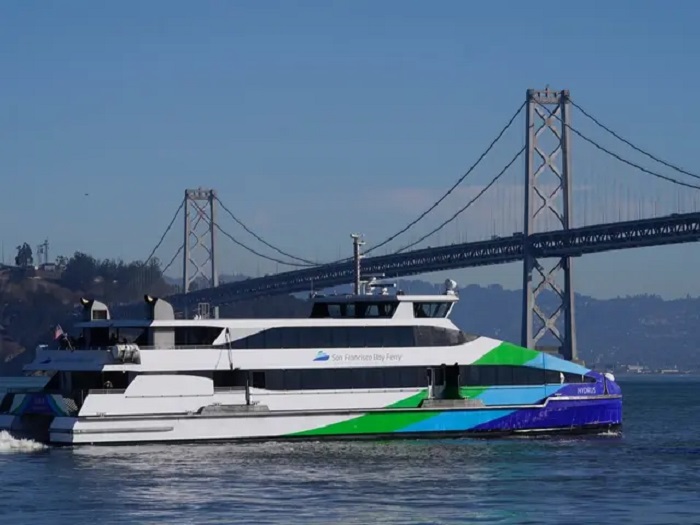Napa, CA – A recent study by Johns Hopkins University has raised serious concerns about the vulnerability of major U.S. bridges to catastrophic damage from ship collisions. Among the most at risk are the Golden Gate Bridge and the San Francisco–Oakland Bay Bridge, both located in California. These two iconic structures are among the top 20 bridges across the country deemed highly vulnerable in the event of a ship strike.
The study, which was sparked by the 2024 collapse of the Francis Scott Key Bridge in Baltimore, identifies the potential for similar incidents on other U.S. bridges. The research highlights the alarming frequency at which some of the nation’s busiest bridges could be hit by ships, causing significant damage or even collapse.
According to the preliminary findings, the San Francisco–Oakland Bay Bridge is particularly at risk, with a collision expected once every 22 years. This makes it the second-most vulnerable bridge in the United States. In contrast, the Golden Gate Bridge faces a much lower likelihood of a ship strike, with an estimated risk of once every 481 years.
Despite these differences, both bridges remain at considerable risk when compared to other bridges nationwide. The Johns Hopkins study examines the possibility of a collision strong enough to cause catastrophic damage, including the collapse of the bridge or significant structural failure.
The Huey P. Long Bridge in Louisiana has been identified as the most vulnerable U.S. bridge, with a ship strike predicted once every 17 years. Other notable bridges at high risk include the Crescent City Connection in New Orleans (once every 34 years), and the Beltway 8 Bridge in Texas (once every 35 years). Some bridges, like the Rainbow Bridge in Texas, have a collision expectancy of once every 71 years.
Researchers at Johns Hopkins University analyzed over 16 years of U.S. Coast Guard data, which provided detailed information on the movement of ships through U.S. waters. By combining this data with bridge and port information from the National Bridge Inventory, the study team was able to estimate the likelihood of major ships colliding with the piers of major U.S. bridges. Their findings indicate that collisions of this magnitude are not as rare as previously thought.
The study comes on the heels of a National Transportation Safety Board (NTSB) report, which also pointed out several bridges vulnerable to ship collisions. As a result, the NTSB has recommended that 68 bridges undergo a vulnerability assessment to better understand and address these risks.
Michael Shields, a Johns Hopkins engineer specializing in risk assessment and lead investigator on the study, emphasized the significance of the findings. “With this investigation, we wanted to know if the Key Bridge collapse was an anomaly,” Shields said. “What we found is that it’s not. In fact, it’s something we should expect to happen every few years.”
Shields and his team believe that the risk of such incidents has been previously underestimated. The collapse of the Francis Scott Key Bridge, which resulted in the deaths of six construction workers and $1.9 billion in damages, was a wake-up call for engineers and transportation authorities.
The study found that many U.S. bridges are at risk of a major ship collision every 20 to 50 years, with some facing a strike within the next 100 years. While a ship collision does not always result in a full bridge collapse, researchers warn that the damage caused by such impacts would be catastrophic.
To mitigate these risks, the researchers suggest that ship traffic be directed away from bridge piers and that protective measures, such as dolphins and other barriers, be put in place to shield these vulnerable structures. Shields added that while there is still some uncertainty about predicting the frequency of ship collisions, the overall message is clear: “It’s happening far too often.”
As the study highlights, the safety of U.S. bridges—especially those with heavy ship traffic—is a pressing concern. The results underscore the need for further evaluation and preventative measures to safeguard the nation’s infrastructure from potential disaster.

